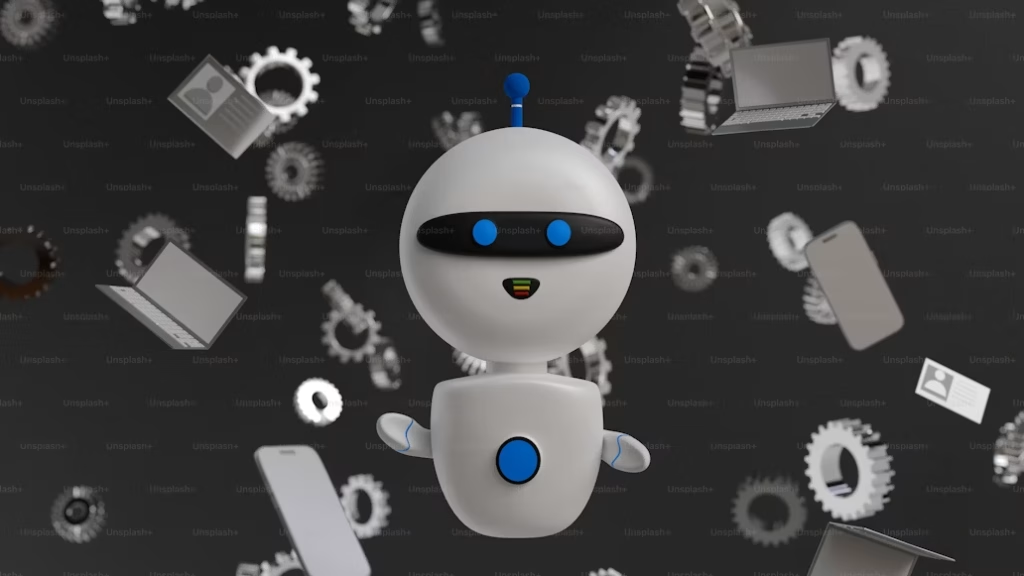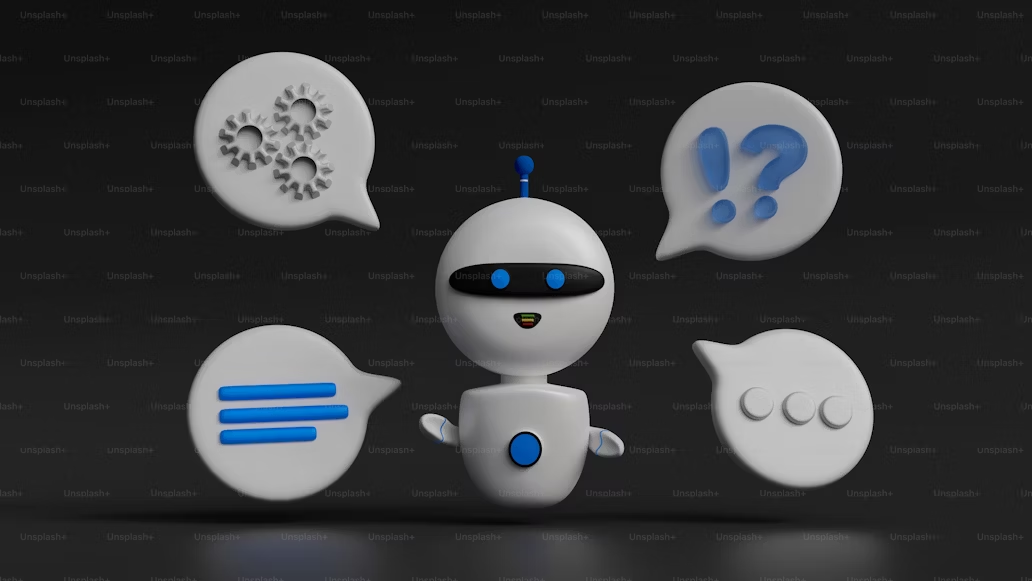One of the 21st century’s most revolutionary technologies is artificial intelligence (AI), and natural language processing is a cutting-edge field that allows machines to comprehend, interpret, and produce human language, among its numerous subfields. NLP is crucial to the way humans and machines communicate in the digital age, from enabling voice assistants like Siri and Alexa to revolutionising customer service through chatbots. In the context of AI, this article examines the development, methods, uses, and prospects of natural language processing.
What is natural language processing?
A branch of artificial intelligence called natural language processing studies how people and computers communicate via language. It integrates machine learning, computer science, and linguistics to give machines the ability to read, comprehend, and react to human language in useful ways.
NLP, to put it simply, enables computers to carry out tasks like speech recognition, text summarisation, sentiment analysis, and translation. Emails, reviews, and tweets are examples of unstructured data that NLP converts into structured data that computers can interpret and evaluate.

History and Evolution of NLP
Origins of Natural Language Processing
- Originated in the 1950s with the Turing Test.
- Assessed the machine’s intelligence as similar to human.
- Relied on dictionaries and pre-established grammatical rules.
Evolution Phases Overview
- Divided into significant phases.
1. Rule-Based Systems, 1950s–1980s
Linguistic expertise and handwritten rules were the foundation of NLP systems. These systems were rigid and had trouble handling language’s ambiguity.
2. Statistical NLP in the 1990s
Statistical models were introduced to NLP with the advent of machine learning.
3. The Revolution of Deep Learning in the 2010s
Advances in Natural Language Processing
RNNs and CNNs transformed language translation and sentiment analysis.
Deep learning and neural networks enabled significant advancements.
- 2020s: Pre-trained Language Models
Pre-trained Models Improve Human Language Understanding - T5, GPT, and BERT enhance production.
Key Techniques in NLP
Modern NLP Methods
- Driven by machine learning and deep learning.
1. Tokenization
Dividing text into discrete words or sentences to facilitate language structure analysis by models.
2. Part-of-Speech Tagging
Recognizing Grammar in Sentences
- Recognising nouns, verbs, and adjectives.
- Understanding grammatical relationships.
3. Named Entity Recognition (NER)
Identifying and Categorizing Textual Entities
- Individual, group names.
- Dates, places.
4. Sentiment Analysis
evaluating a string of words’ emotional tone to ascertain the sentiment they convey.
5. Text Classification
putting tags or categories on text.
6. Language Modeling
predicting a sentence’s next word, which is crucial for text generation, autocomplete, and machine translation.

7. Machine Translation
Google Translate Techniques
- Automatically translate text between languages.
Applications of NLP in Real Life
Many real-world applications powered by natural language processing are revolutionizing user experiences and industries:
- Chatbots and virtual assistants
Digital assistants such as Siri, Alexa, Google Assistant, and ChatGPT can comprehend and conversely respond to customer inquiries thanks to natural language processing (NLP). - Medical Care
For quicker diagnosis and medical research, physicians and researchers utilize natural language processing (NLP) to extract valuable information from clinical notes, research publications, and patient data. - Client Support
NLP-powered chatbots are used by automated customer care systems to efficiently and continuously answer service requests, complaints, and frequently asked questions.
4. Money
NLP is used by banks and other financial organizations to provide reports, analyze consumer feedback, and keep an eye out for fraud in transactions.
5. Marketing and Social Media Monitoring
NLP assists businesses in analyzing social media posts and online reviews to determine how the public feels about their products or brands.
6. Translation Services
NLP is used by Google Translate, DeepL, and other programs to translate text across hundreds of languages in real time.
7. Legal Industry
NLP Tools in Legal Analysis
- Scanning vast legal documents.
- Extracting relevant data.
- Forecasting case outcomes.
The Role of AI in Advancing NLP
Recent developments in NLP have mostly been driven by AI, especially deep learning. AI advancements have made it possible for machines to comprehend language structures, context, and intent more fully. Large volumes of data are used to train pre-trained models like GPT, BERT, and Claude, which are then adjusted for certain tasks to enable quicker development and more accurate results.
Neural network architectures known as transformers have revolutionized the field. They are perfect for catching intricate linguistic relationships since they process entire phrases at once rather than just a single word.
The Future of NLP
NLP is anticipated to advance further as research and computing capacity increase.
- Multimodal Education
For a deeper understanding, text can be combined with additional data types, such as graphics and audio (e.g., deciphering memes or videos).
2. Recognition of Emotion and Empathy
Digital communication will improve as a result of future NLP systems’ increased ability to comprehend human emotions and react empathetically.
3. Low-Resource Language Support
AI tools are becoming more inclusive globally; efforts are being made to create better models for underrepresented languages.
- Human-Level Conversational AI
Aim at the person. Level NLP will enable computers that can have lengthy, meaningful discussions that are identical to those with a person.
Explainable NLP
To maintain confidence in AI systems, particularly in vital fields like healthcare or law, transparency and interpretability will be given top priority.




